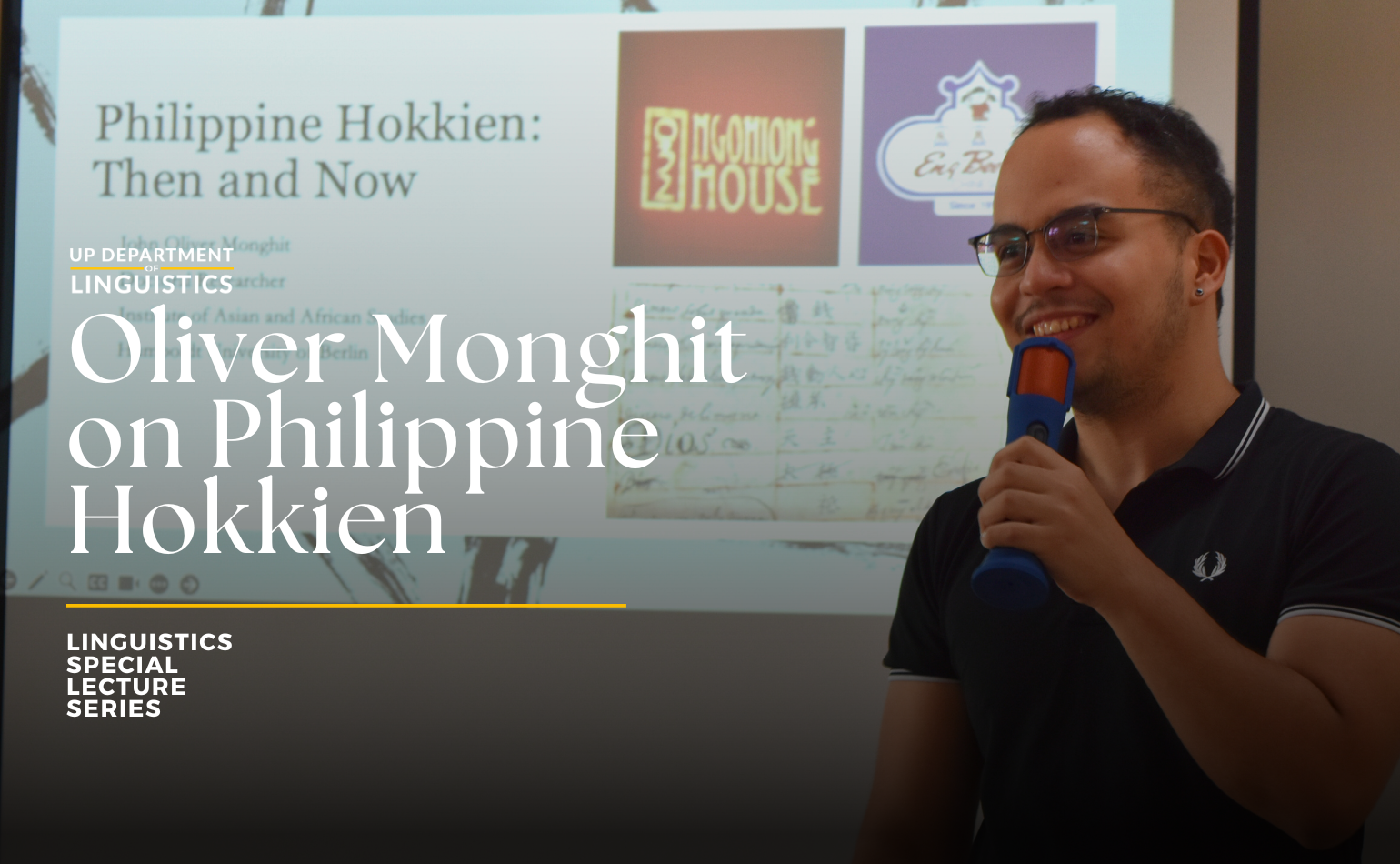
For the first installment of the 2025 Linguistics Special Lecture Series (LSLS), UPD BA Lingg Alum and now doctoral researcher in Asian studies at the Humboldt University of Berlin John Oliver Monghit gave a lecture titled, “Philippine Hokkien: Then and Now” last March 5 at the CSSP Health and Wellness Center.
The presentation about the evolution of Philippine Hokkien began with a brief introduction of the Min languages. Under the Southern Min languages is the Quan-Zhang group, which encompasses Hokkien, also known as Fookien or Fukienese. This language is primarily used by Filipino-Chinese. In Modern Philippine Hokkien, they call Hokkien “Lannang-ue,” which means “our people’s speech.”
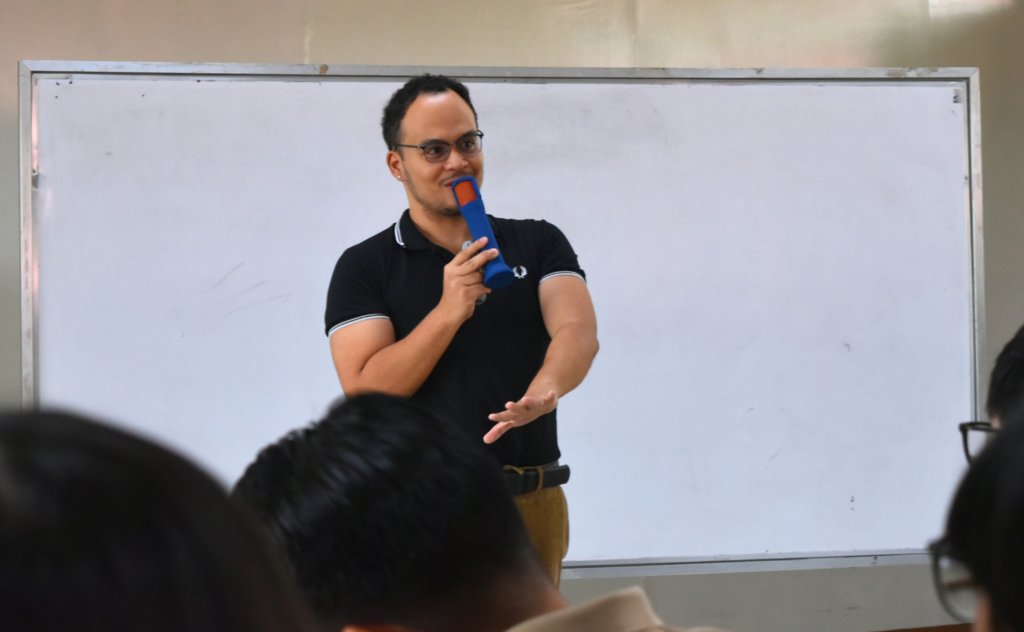
Monghit continued the lecture with Sino-Philippine History, as the Philippines and China came into contact with each other because of trade and commerce. Sangleyes, or Chinese traders, settled in the archipelago, and the language they used is known as Early Manila Hokkien.
Interestingly, the first grammar written about the Chinese language using western linguistic traditions titled, “Arte de la lengua chio chiu,” was written in the Philippines. The first book published in the Philippines, Doctrina Christiana, was also written in Hokkien because those in charge of printing were the Chinese. Aside from these, other Hokkien resources include the Spanish-Chinese dictionary and Chinese-Spanish dictionary.
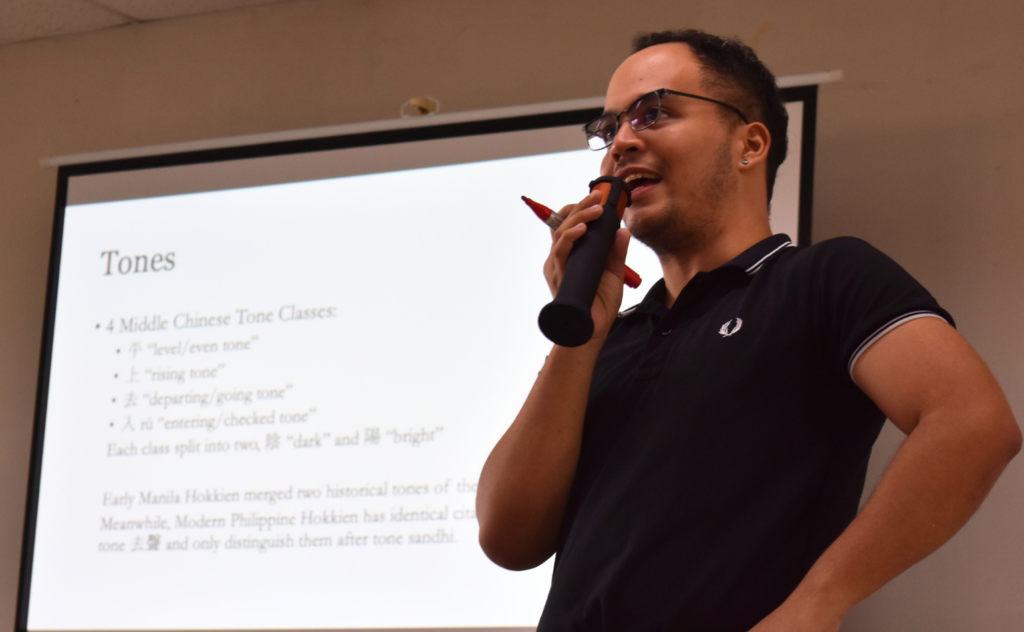
Afterwards, Monghit then began citing examples of how Early Manila Hokkien developed into Modern Philippine Hokkien, including lexical innovations such as interrogative pronouns for who and what, as well as semantic innovations of food terminologies such as pancit. Monghit also presented preliminary data showcasing phonological innovations, which is the focus of his research, demonstrating how initials, nasal initials, vowels, finals, and reflexes of Proto-Southern Min sounds differ in Early Manila Hokkien and Modern Philippine Hokkien. Monghit also talked about the tones in Philippine Hokkien.
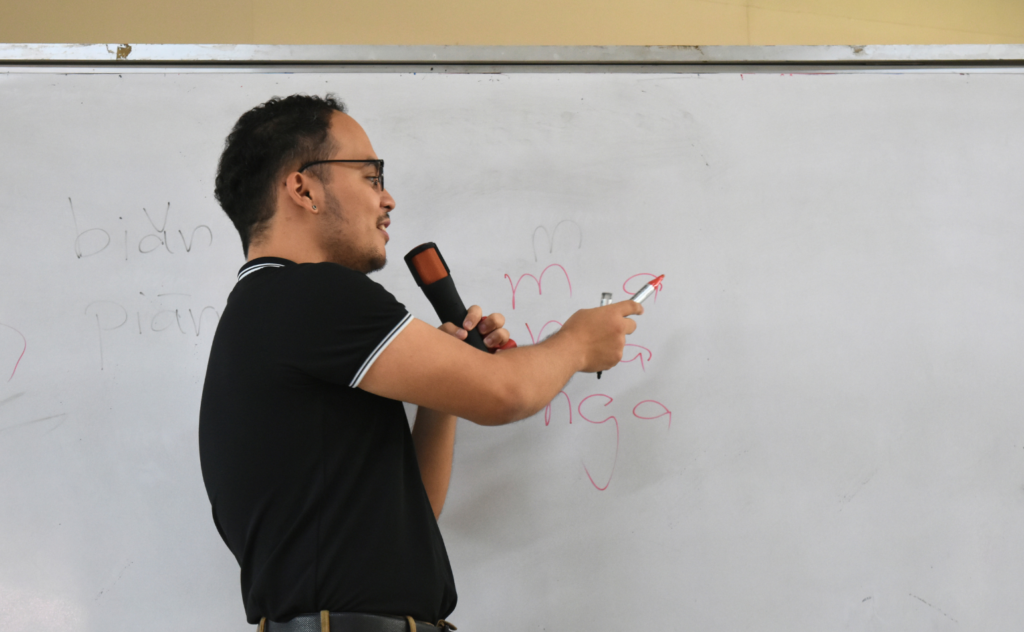
The changes that Monghit discussed in his presentation could be attributed to two factors: 1) change of demographics because of migration, genocide, and intermarriage; 2) contact with other languages.
The lecture ended with a question and answer portion, where Monghit answered questions about the difference between Lannang-ue and Hokaglish, other factors that could have catalyzed this change such as education and exposure to the community, differences in comparison with Early Mandarin as transcribed in the old Spanish-Chinese dictionary, as well as the influences and differences between different regional variations on each other.
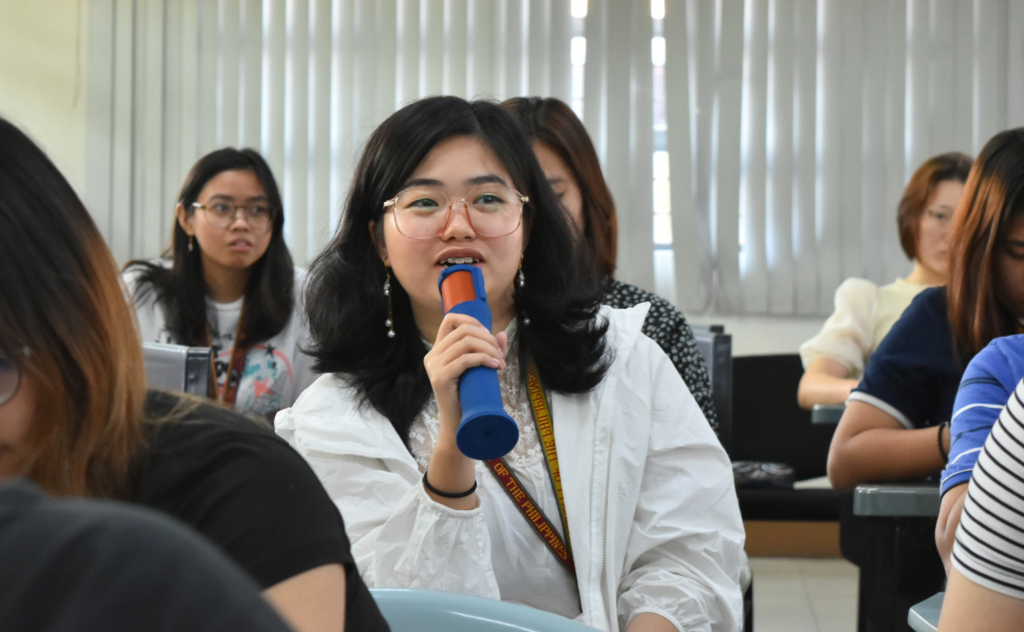
LSLS 2025 is a series of talks led by experts invited to discuss topics within the scope of theoretical and applied linguistics. Stay tuned for more information about upcoming events.

Published by Patricia Anne Ocampo



